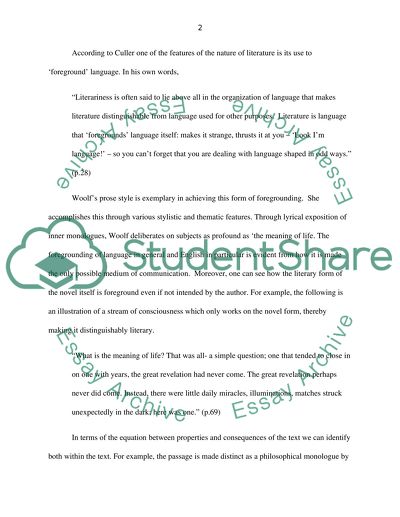Cite this document
(Virginia Woolfs To the Light House Book Report/Review, n.d.)
Virginia Woolfs To the Light House Book Report/Review. Retrieved from https://studentshare.org/literature/1633228-the-dialog-between-jonathan-cullers-essay-and-to-the-light-house
Virginia Woolfs To the Light House Book Report/Review. Retrieved from https://studentshare.org/literature/1633228-the-dialog-between-jonathan-cullers-essay-and-to-the-light-house
(Virginia Woolfs To the Light House Book Report/Review)
Virginia Woolfs To the Light House Book Report/Review. https://studentshare.org/literature/1633228-the-dialog-between-jonathan-cullers-essay-and-to-the-light-house.
Virginia Woolfs To the Light House Book Report/Review. https://studentshare.org/literature/1633228-the-dialog-between-jonathan-cullers-essay-and-to-the-light-house.
“Virginia Woolfs To the Light House Book Report/Review”, n.d. https://studentshare.org/literature/1633228-the-dialog-between-jonathan-cullers-essay-and-to-the-light-house.


